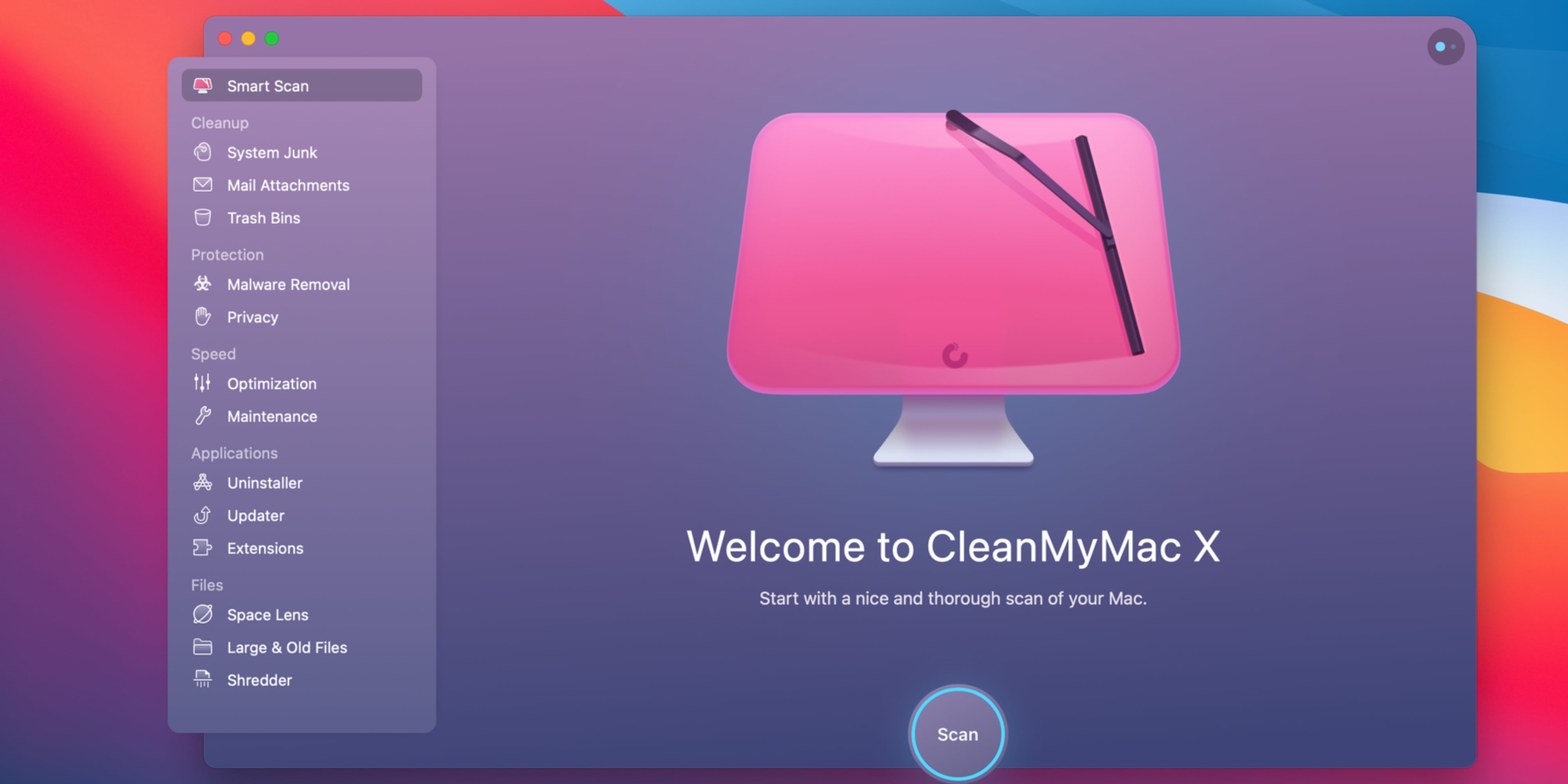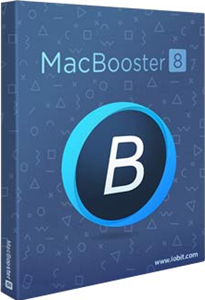
- #ADVANCED MAC CLEANER IS IT A MALWARE INSTALL#
- #ADVANCED MAC CLEANER IS IT A MALWARE FULL#
- #ADVANCED MAC CLEANER IS IT A MALWARE SOFTWARE#
- #ADVANCED MAC CLEANER IS IT A MALWARE PROFESSIONAL#
Reference article: /article/3237757/macs/adware-the-most-prolific-form-of-malware-on-macos.Well, no.
#ADVANCED MAC CLEANER IS IT A MALWARE PROFESSIONAL#
Still, our professional advice is to uninstall this or any ad-generating program as the ads take a toll on your peace of mind and privacy.Īvira makes this easy, detecting this thread as OSX/SurfBuyer and preventing its installation on user’s systems. It doesn’t steal data, it doesn’t encrypt the hard drive, and it doesn’t blackmail the end user. No, SurfBuyer is not malicious in the traditional sense because it does not affect anything inside the operating system.

While a few people might think they’ll find some great deal, the usual result is a disturbed browsing experience or, in some extreme cases, an impossible browsing experience. Most device owners which have experienced SurfBuyer find it highly annoying. It is up to the user to decide – what do you want? The correct answer is simple: It does not matter. 8 – Advanced Mac Cleaner (PUA) installed by Surfbuyer But is SurfBuyer really malicious malware or not? Two common examples are Advanced Mac Cleaner and MacminiSearch.Īfter executing the sample, Advanced Mac Cleaner app automatically launches, falsely alerting the user that their computer is at risk – typical PUA behavior. Other SurfBuyer bundles are structured to download and installing multiple PUA applications. 6 – Another SurfBuyer sample – with user interface Some SurfBuyer packages do have a user interface that appears when a frustrated device owner tries to remove it. 4 – dropped file – file typeĪfter the installation is finished, the user is bombed with ads: Fig. 2 – executed sample – infoĪfter execution, the sample creates a temp file mmLaunchMe in /private/tmp/. The application usually does not have a user interface so the user is not aware of what they have just installed in the background as part of the Mach-O executable i386 shown below. With SurfBuyer, the recipient just sees the ads. The total amount of money is based on the number of the generated ads and as well as the clicks (accidentally or not) on those ads. This is a well-known marketing strategy called pay-per-click.

#ADVANCED MAC CLEANER IS IT A MALWARE SOFTWARE#
If you’re wondering “Ok, adware, adware, but where is the money?” the answer is quite simple: the developers who agree to spread ad-displaying software such as SurfBuyer earn money for it. This behavior and packaging precisely fits the Avira definition of a Potentially Unwanted Application. Since SurfBuyer doesn’t have the ability to infiltrate on other systems on its own, it is basically the users who, knowingly or not, permit its installation.
#ADVANCED MAC CLEANER IS IT A MALWARE INSTALL#
Most users are not aware that SurfBuyer is included in the software they’ve agreed to install on their devices. This adware is questionable initially because of the way it gets installed on a user’s machine. A questionable – but profitable – strategy
#ADVANCED MAC CLEANER IS IT A MALWARE FULL#
In a worst-case scenario, some of the presented ads could redirect users to pages that contain a full variety of cyber threats like Ransomware or Trojans. SurfBuyer can just track user browsing data and based on this bombard the browser with ads that fit that specific profile. Most malware families typically do some harm to the targeted user PC: They can blackmail the user, lock up some files in case of Ransomware virus, steal personal data (bank accounts, login credentials), and more.

Many users mistake SurfBuyer for virus or worm because of the annoying and intrusive mode it operates.īut Surfbuyer’s behavior and consequences are really far from that of any normal malicious software. SurfBuyer, an adware developed for Apple’s MacOS, does just what every adware family out there does: it generates pop-ups, banners and other kinds of annoying advertisements.

Should software only be called malware only if it tries to damage the device or steal private data – or is tracking the user and flooding them with unwanted advertisements enough to get this negative label?


 0 kommentar(er)
0 kommentar(er)
